We have often encountered a particular question which we feel is the most prevalent in the landscape of nonprofits and fundraising. The question can take many forms but they all revolve around one core idea – donor acquisition.
Donor acquisition is uncompromisingly important for the survival of a nonprofit. There is no denial in the fact that driving in more and more new donors into your nonprofit ecosystem results in growing your network. But the mere acquisition of new donors and suffering a loss on your previous ones will pin down your overall number of donors to a static figure.
A potential pool of donors you are missing out on is the lapsed donors. We know that nonprofits are completely not oblivious to their lapsed donors. But simply keeping them in the mailing list and looping them in every email won’t do any good.
Why winning back lapsed donors is important?
Promotions on social media, sending emails and newsletters, creating events – you are doing all the efforts for acquiring new donors and retaining your current donors. While you think that the mere acquisition of new donor will prove to be more beneficial, we will give you good reasons to think otherwise.
According to the Fundraising Effectiveness Survey Report, which was conducted using the data provided by five donor software firms, the overall retention rate of donors in 2016-17 was 45.5%.
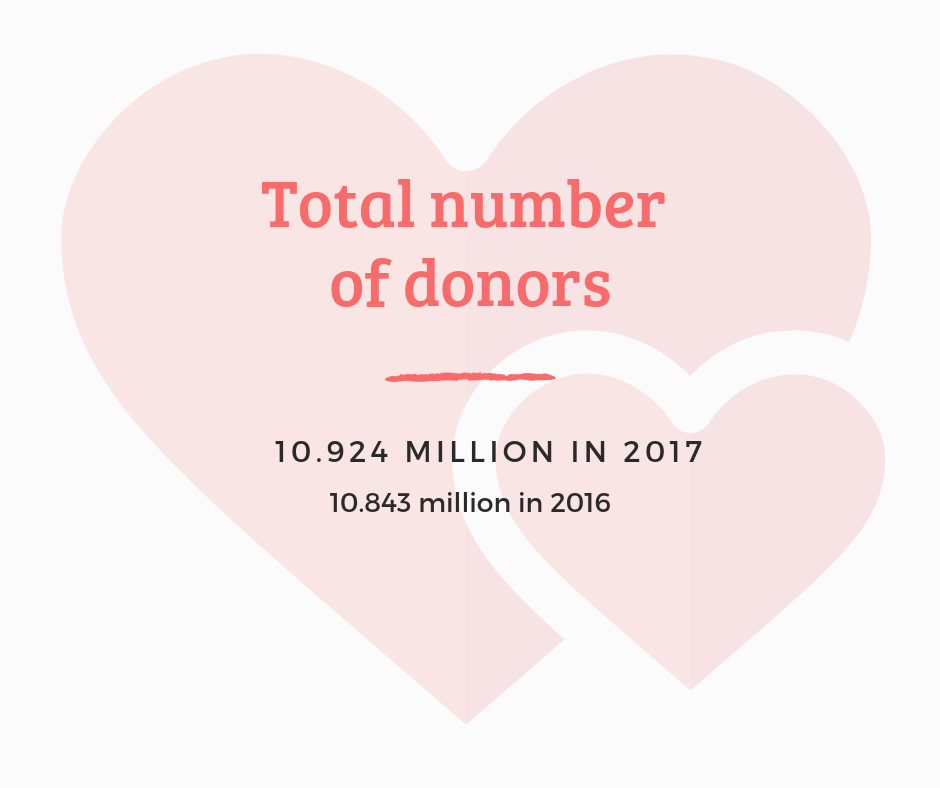
In 2016, the total number of donors was 10.843 million and only 4.933 million (45.5% of 10.843 million) donors were retained. This means that there was a loss of 5.909 million donors during 2016-17.
Hence, only 4.933 million donors continued to be donors in 2017. The remaining 5.990 million donors out of 10.924 million donors in 2017 were new donors.
If you think that a loss of 5.909 million donors from 2016 was successfully offset by the acquisition of 5.990 million new donors in 2017, then you are probably wrong. According to the report, for increasing the net fundraising gains, acquiring new donors is an expensive strategy than retaining the existing ones. The cost of retaining and motivating the existing donors is comparatively less than attracting new ones.
Don’t let all your efforts burn down to a zero
To counter the loss due to lapsed donors, you need to regain them back. It may not be an easy task to accomplish, but doing it in the right way may take you a long way. You can consider the measures given below:-
- Assess yourself
This is what you should begin with – assessing yourself. The table below shows the reasons for the loss of donors and how much they account for the loss.
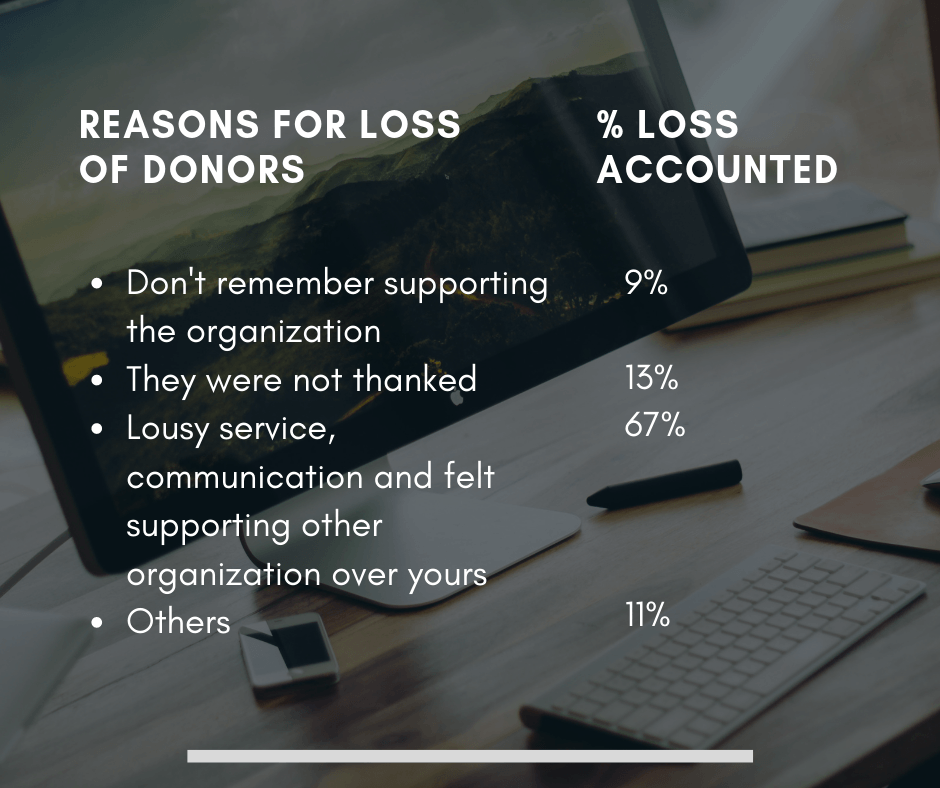
As evident from the table, the reasons for the drainage of the highest number of donors does not lie outside the organization but lies within. Analyze each facet and find which one you are lacking on.
For doing so you need to analyze each and every lapsed donor. For a small nonprofit this sounds to be quite an easy task. But with a mid-sized to a large organization having thousands of donors in the list, the task isn’t just tedious but nearly impossible. For the purpose, a donor management software such as GiveCentral can make your job a lot easier.
- Devise a wise strategy
The fact that donors don’t even remember supporting your organization clearly shows that your communication level with your donors is way below the benchmark. While you formulate a strategy, always keep in mind that this can be a reason for the loss of donors.
The strategy must strive to captivate donors by initially giving them a rational reason to empathize with your mission. Remember that all donors must not think alike or in fact donors may not even think the way you do. The data, statistics, and jargon might not work for some. For some, the driving force can be the emotions.
Creating a customized strategy as per the donor is very necessary. For donors who have been loyal for a long period of time and have suddenly stopped donating for over a year, you may directly speak with them over a phone call and discuss the reason for their disinterest in your causes.
For donors who are difficult to re-engage, you may change the strategy by asking for something else, other than donation. You can encourage them to take part in a survey, volunteer in a campaign or sign up for a petition.
- Implementation and communication
Now that you know why your donors stopped donating and you have successfully devised strategies to regain them back, the next step is implementation. By now you must have realized that you require a tailored approach instead of taking the straight path.
For example, if you want to communicate with donors via emails, you can opt for customization of emails that focuses on a particular lapsed donor. If you missed out to say “thank you” after you received a gift and you think that can be a possible reason for their disinterest, then you may create an email with a personalized apology. For all your customization requirement, you can count on GiveCentral. With its email manager feature, you can easily create personalized emails depending on your donors.
Note: Try improving the satisfaction level (if you lack on that front) with your existing donors as well, since this is the time you do it right. Else, in the future, you may see them in the lapsed donor’s list.
donor acquisition donor management software donor retention GiveCentral Nonprofits
Last modified: April 8, 2025



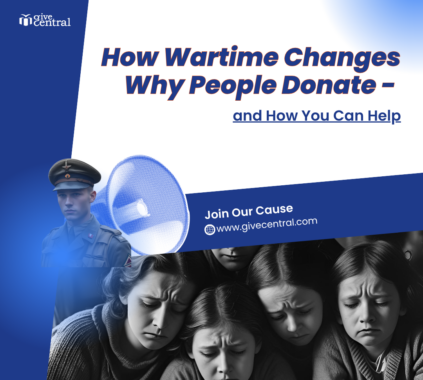

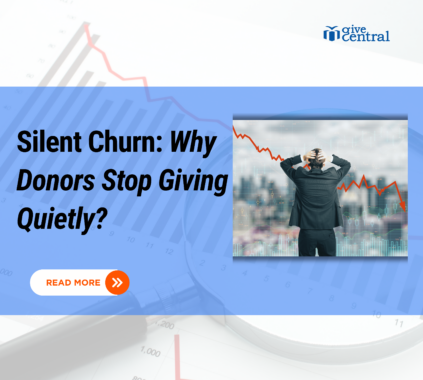









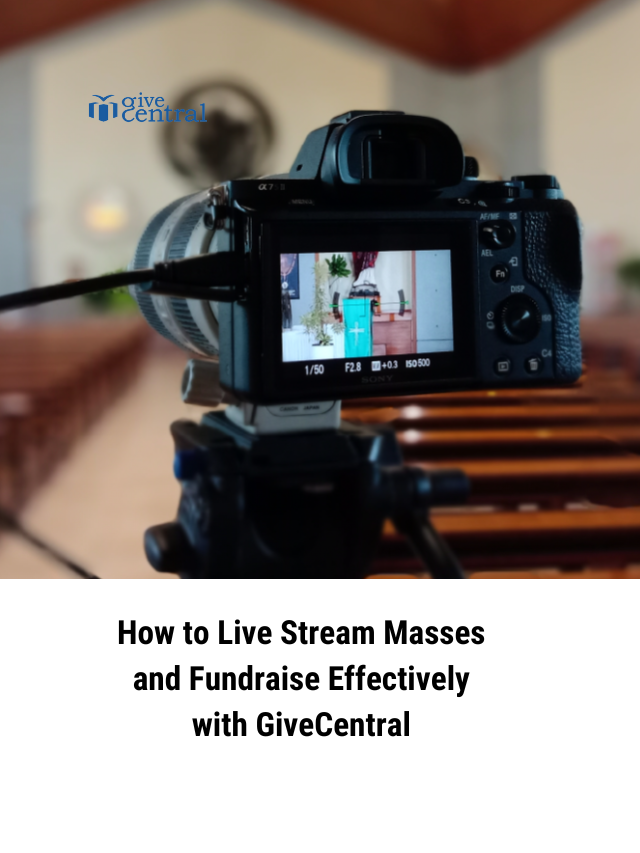

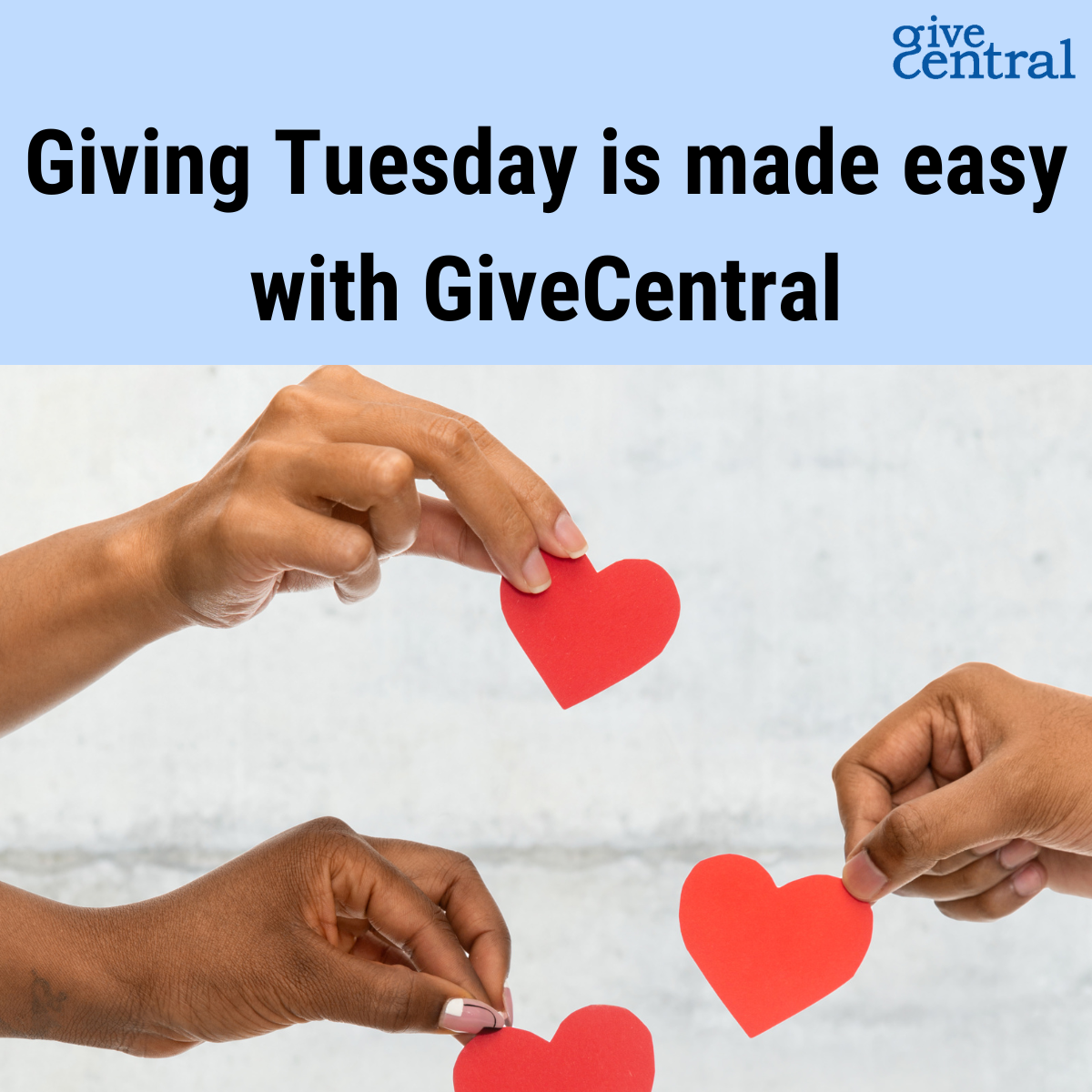




Hey just wanted to give you a quick heads up. The words in your post seem to be running off the screen in Opera. I’m not sure if this is a format issue or something to do with internet browser compatibility but I figured I’d post to let you know. The style and design look great though! Hope you get the problem resolved soon. Kudos
I’ve been using CBD gummies in return or [url=https://www.cornbreadhemp.com/blogs/learn/how-long-does-thc-stay-in-your-system ]how long is thc detectable in urine[/url] a year for the nonce, and I can’t think how much they’ve improved my life! The flavors are at rest engaging, making it a attractive share of my day after day routine. My apprehension and prominence levels have significantly decreased, and my log a few zees z’s blue blood has improved tremendously. I wake up sensibility more refreshed and energetic. Notwithstanding, I’ve noticed a tittle of drowsiness during the day, and I wish the effects lasted a bit longer. Despite these trivial issues, I approvingly recommend these CBD gummies for anyone looking to boost their well-being naturally!
I’ve been using CBD gummies after or https://www.cornbreadhemp.com/pages/where-to-buy-cbd-gummies-for-ed a year conditions, and I can’t feel how much they’ve improved my life! The flavors are at rest appetizing, making it a delightful renounce of my daily routine. My apprehension and distress levels enjoy significantly decreased, and my beauty sleep quality has improved tremendously. I wake up sensitivity more refreshed and energetic. Even so, I’ve noticed a tittle of drowsiness during the era, and I care the effects lasted a tittle longer. In the face these trivial issues, I much advocate these CBD gummies after anyone looking to boost their well-being normally!